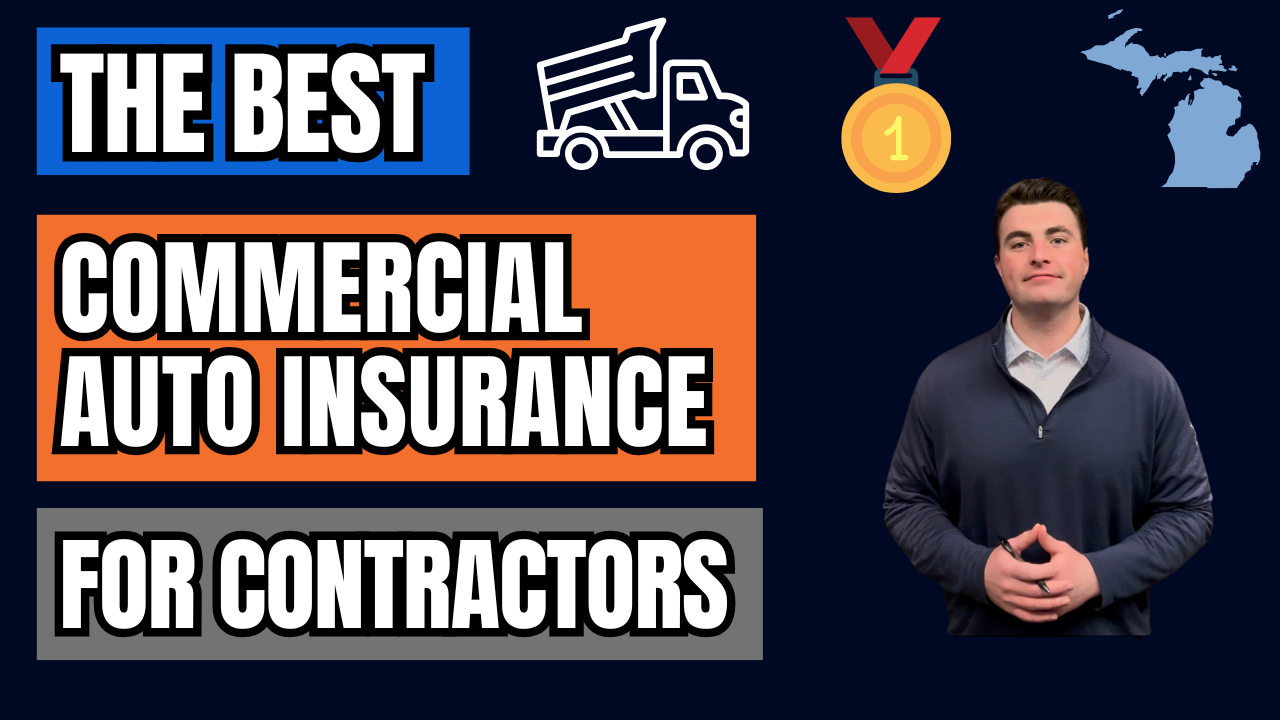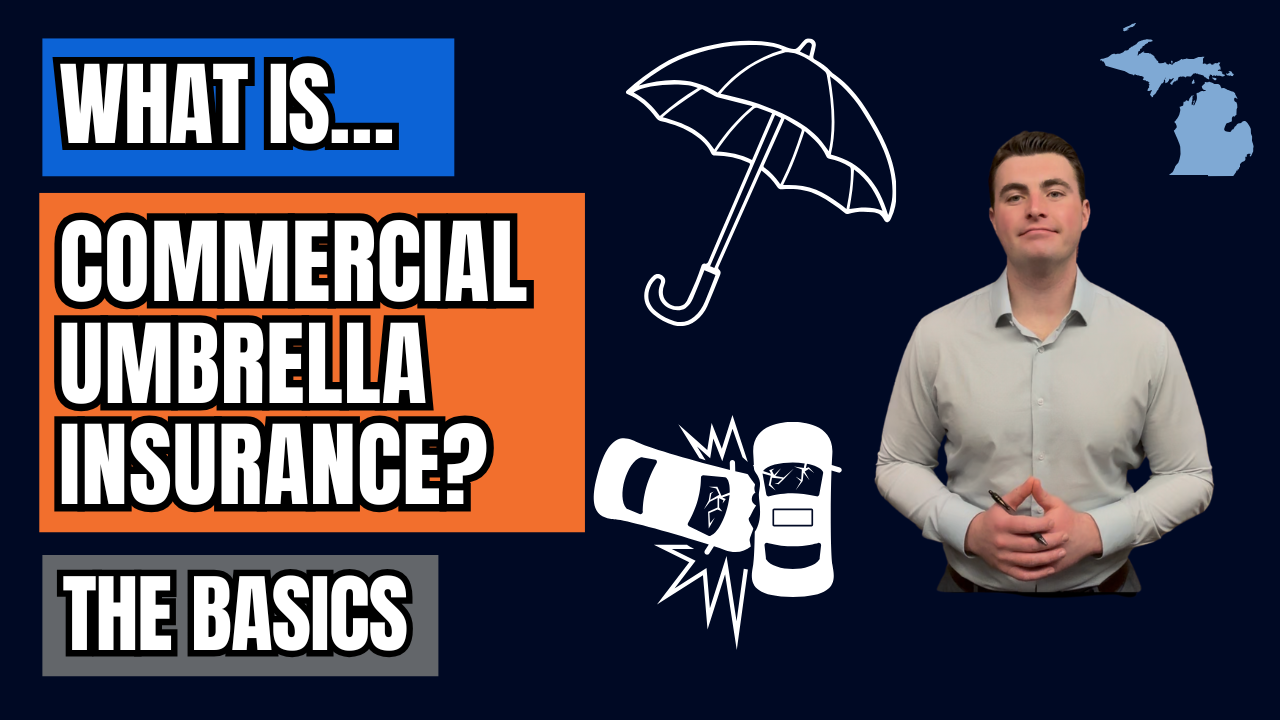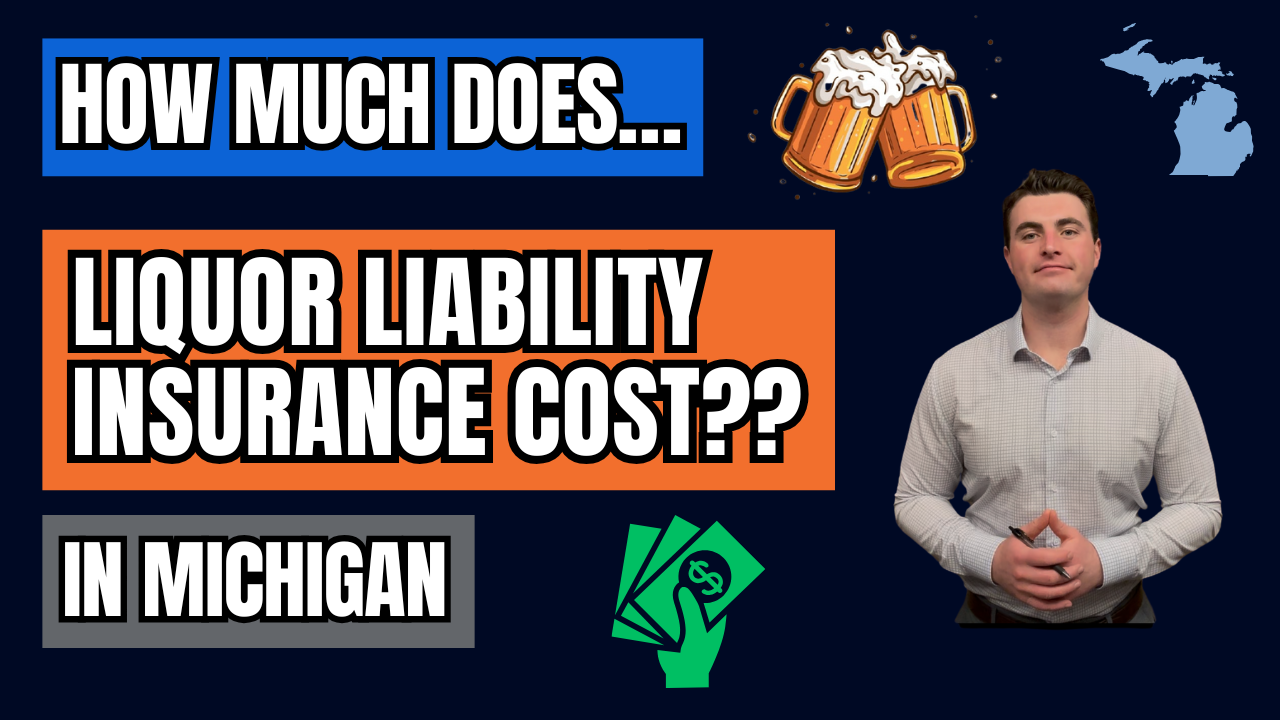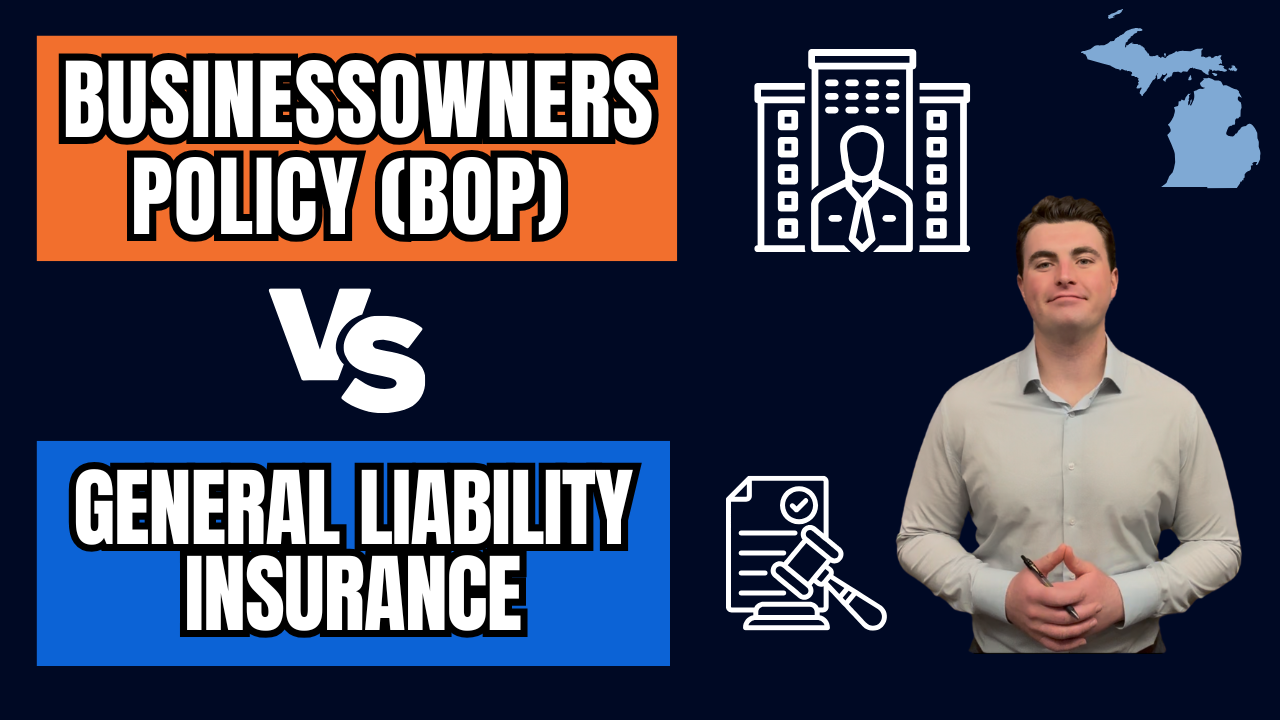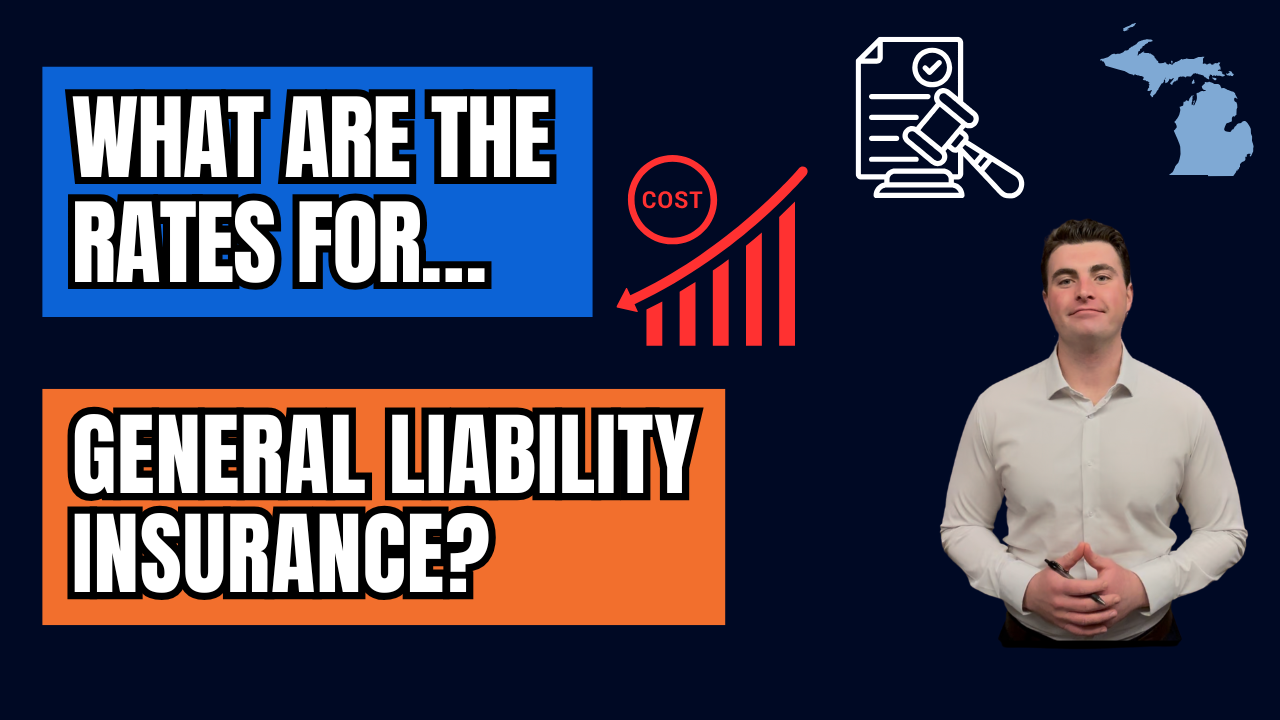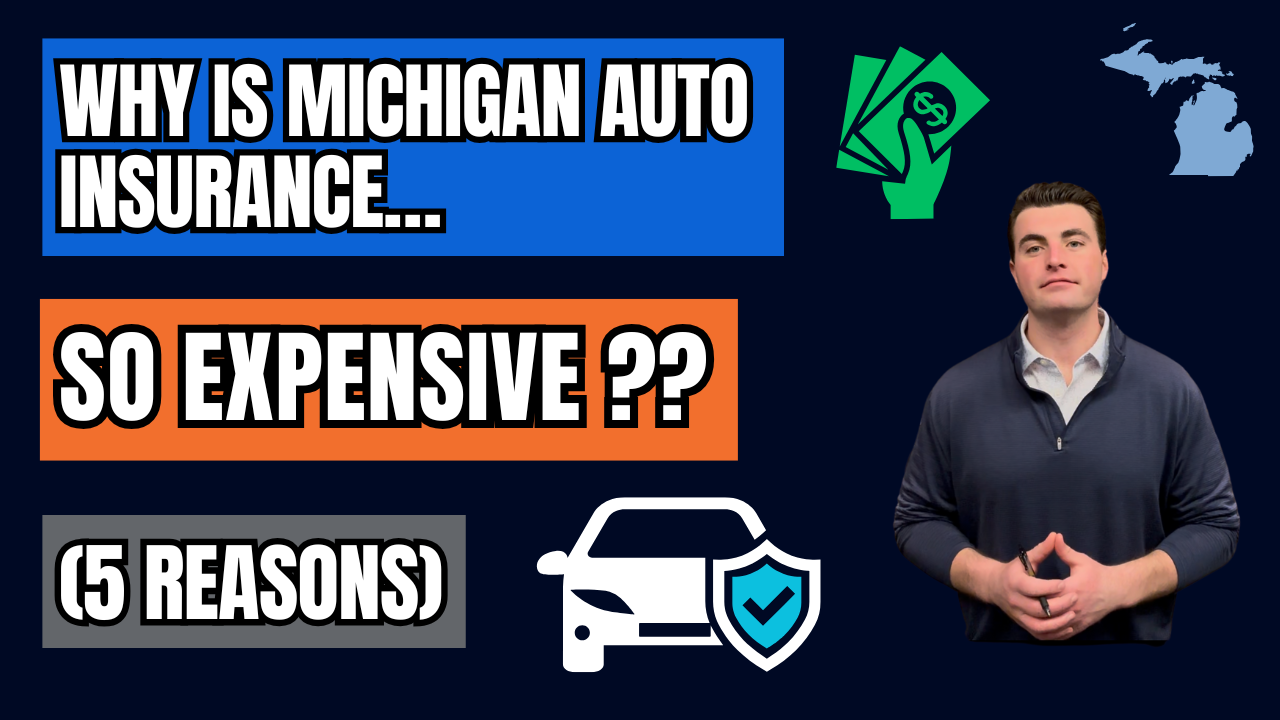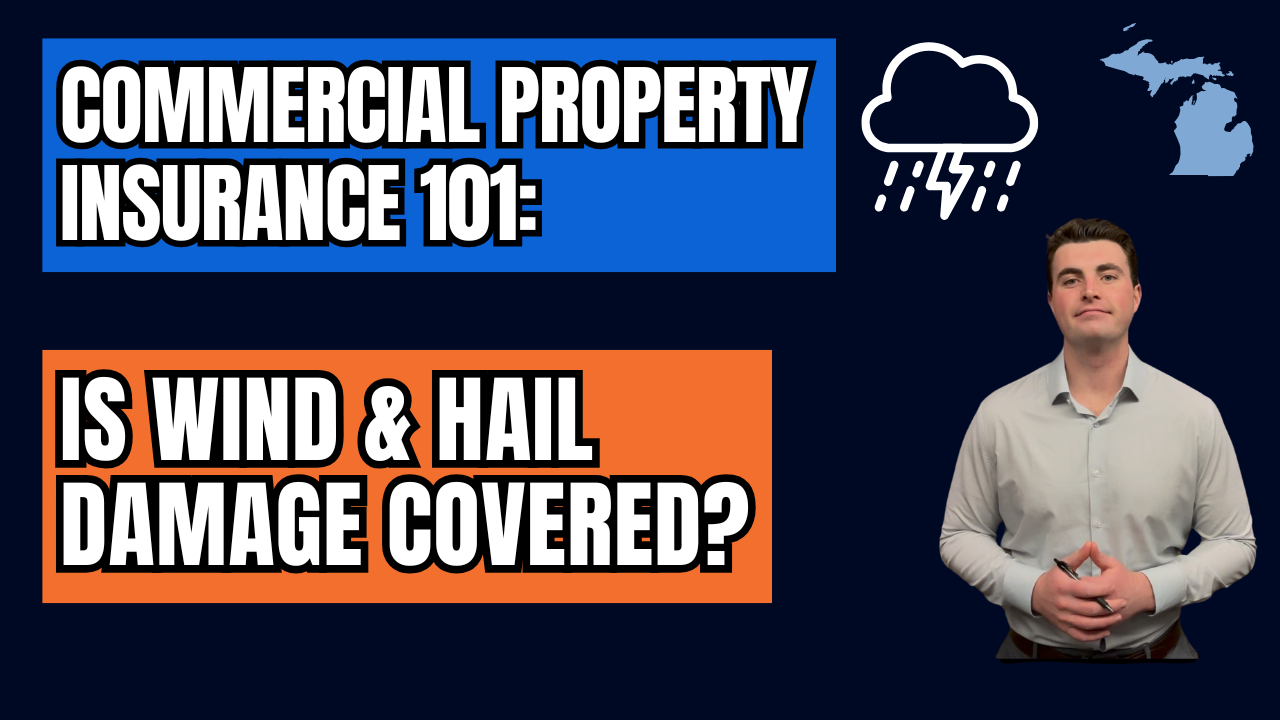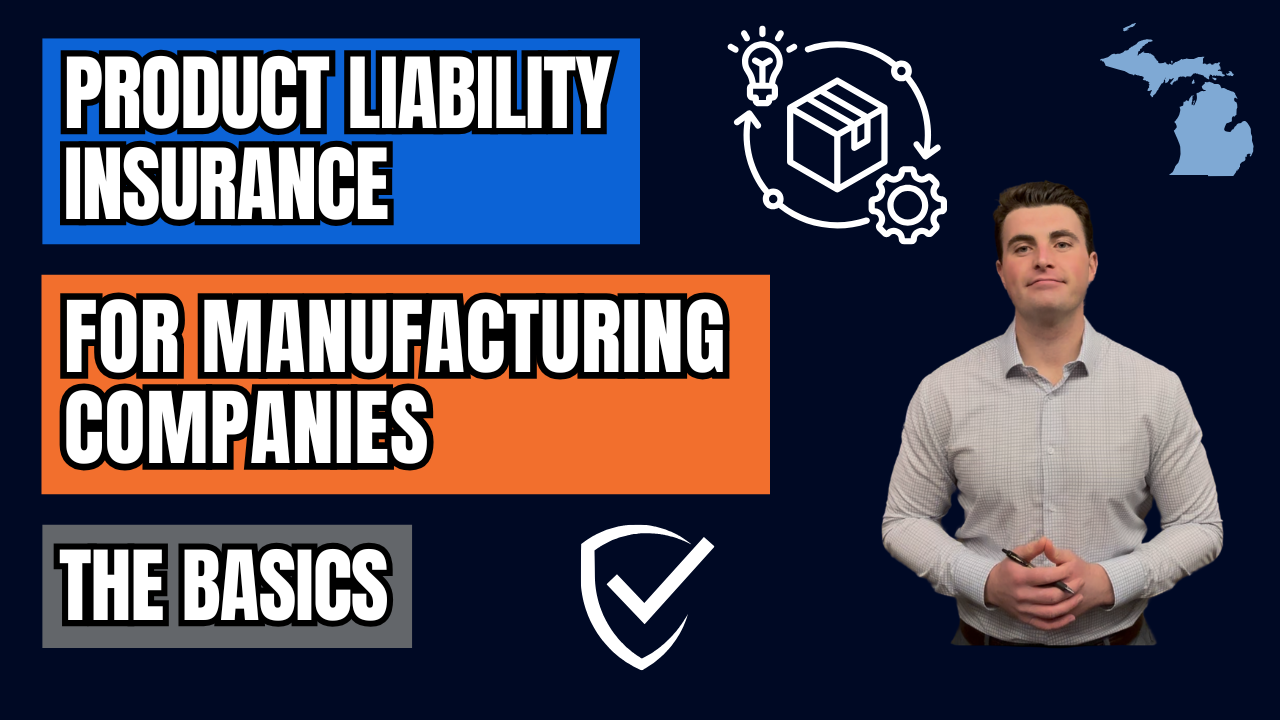How Much Liability Insurance Does Your Business Need? (2025)
How Much Liability Insurance Does Your Business Need? (2025)
Liability insurance is one of the most essential coverages for any business, no matter the size or industry. It protects your company against claims related to bodily injury, property damage, personal and advertising injury, and even products or completed operations. Just as important—it also covers legal defense costs, settlements, and judgments, even if the lawsuit is groundless.
But the real question for most business owners is: how much liability insurance do you actually need?
1. Start With Contract Requirements
One of the biggest indicators of how much liability insurance you need comes from your contracts. Many vendors, clients, landlords, and business partners require specific coverage limits to do business with you.
If your general liability policy’s limits don’t meet these requirements, you can bridge the gap by adding a commercial umbrella policy. Umbrella insurance extends your liability limits across multiple policies—often for a fraction of what it would cost to raise limits individually.
2. Consider Your Industry and Risk Exposure
Different industries face different levels of risk.
- Construction and contracting businesses deal with job site injuries and property damage risks.
- Manufacturers face potential product liability and completed operations claims.
- Retailers and service businesses handle significant customer foot traffic, increasing slip-and-fall exposure.
The higher your risk exposure, the higher your liability limits should be. If your products, services, or operations could cause harm to others, plan for coverage that can handle a worst-case scenario.
3. Evaluate Your Assets and Financial Exposure
Liability insurance acts as a financial shield to protect your business’s assets. If your company owns buildings, equipment, or maintains significant savings or receivables, a large claim could easily exceed minimal coverage limits.
A good rule of thumb: your coverage limits should be high enough to protect everything you’ve worked hard to build.
4. Account for Rising Claim Costs
Another factor many businesses overlook is inflation in claim costs. Settlements, legal defense, and medical bills have all risen significantly in recent years. A $1 million liability limit doesn’t go as far as it once did. Regularly reviewing your policy helps ensure you’re keeping up with the true cost of risk.
5. Use Benchmark Limits as a Starting Point
For most small to mid-sized businesses, $1 million per occurrence and $2 million aggregate is a common baseline for general liability coverage.
However, larger operations, higher-risk industries, or businesses with valuable contracts may need higher limits—or an umbrella policy providing additional coverage on top.
6. Protecting More Than Just Your Finances
Liability insurance also protects your business reputation. A major lawsuit or claim can damage how clients view your company. Having adequate coverage in place allows you to handle claims professionally and maintain trust and business continuity.
Final Thoughts
The “right” amount of liability insurance depends on your contracts, industry, and overall exposure. Work with an independent insurance agent who understands your business and can tailor coverage that aligns with your unique risks. It’s not just about meeting requirements—it’s about protecting your business, your assets, and your peace of mind.
Contact Us
We will get back to you as soon as possible.
Please try again later.
